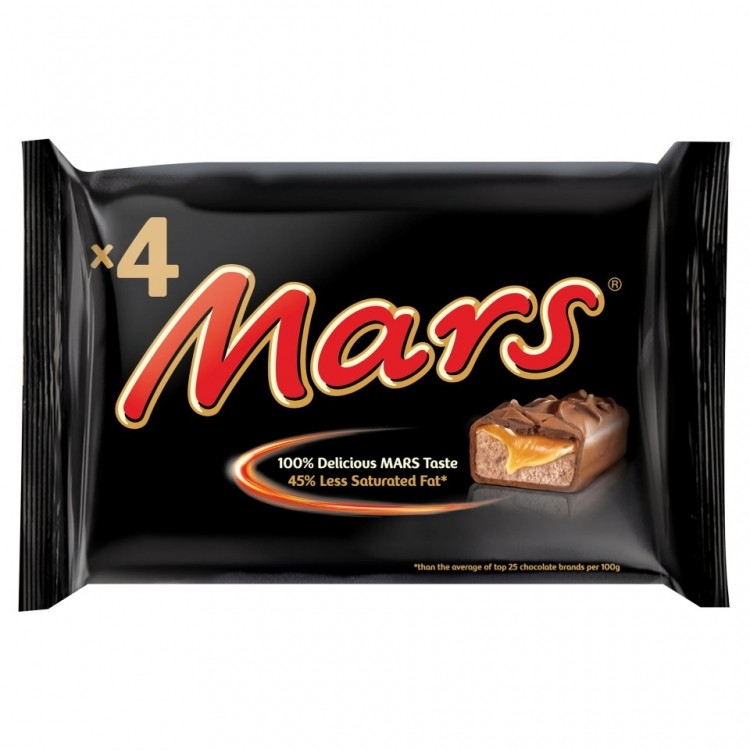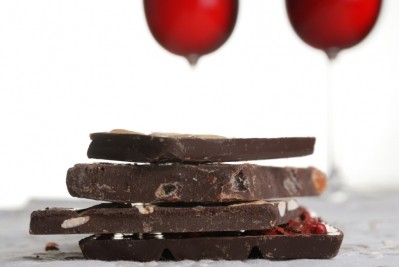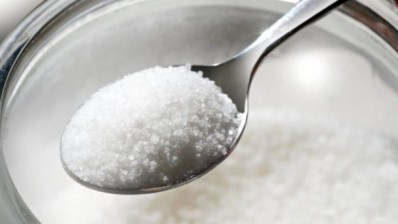Confectionery packaging declines 1% to reach 12.8 billion units in 2015

It claims the decline may be due to convenience and portion control leading to more variety in pack sizes as well as stronger growth potential for plastic pouches.
Consumers actively seek out discounts
Although the UK is now out of recession, consumers remain price sensitive and actively seek out discounts, many of which are mostly applied to larger pack sizes.
Many people are switching from their traditional confectionery favourites that are high in sugar or fat to other kinds of confectionery, such as gum, and sugar-free gum, due to growing awareness of dental health.
Karine Dussimon, senior packaging analyst, Euromonitor, told ConfectioneryNews, the outlook for the UK confectionery packaging market is not quite bleak, but it implies brand owners to rethink their marketing strategy and packaging innovation will help foster growth.
“The decline in total confectionery packaging in the UK over 2015 is technically under 1%, and is considered by Euromonitor as a mild decline,” she said.
“This mild decline actually represents a slight improvement to 2014 where it was closer to -1%. Looking to 2020, this forecast turns into a stagnation.
According to Dussimon, confectionery as a category is seeing a certain stagnation in constant value sales.
“The general sugar debate is particularly important in the UK, and a primary factor behind this stagnation,” she added.
“British consumers are to some extent causing consumers to switch to other types of snacks such as yoghurt that claim to be high in protein. Within confectionery, consumers tend to favour higher end products, products with a higher quality positioning.”
Added-value confectionery products
British consumers want to perceive added-value again in their confectionery products.
In this category, the sugar debate is generally playing in favour of smaller flexible plastic sizes and re-closable pouches that convey greater control over calorie intake, as well as and packs with a more premium look and positioning.
“Confectionery manufacturers are certainly recommended to consider these routes going forward,” said Dussimon.
“In 2015, private label such as Tesco Finest and mid-priced brands such as Galaxy launched higher end products as illustrated by the release of Galaxy Salted Caramel.
“Ways of adding value and raising image include the use of natural ingredients as perceived as healthier (e.g. Mars’ launch of countlines with the mention of “100% pure cocoa butter” in 2015), also see-through packaging which is rising in popularity, and packaging that has a sustainability claim as ethical concerns grow in importance.”
Rosemarie Downey, head of packaging, Euromonitor, claims UK manufacturers target consumers with various packaging sizes to suit each occasion.
Small pack sizes are often favored by consumers seeking to restrict their calorie intake as part of a healthy diet or to eat on-the-go. The 50g and 17g sizes are the most popular, each of which registered growth in 2015.
Multipacks popular among families
At the same time, multipacks, particularly in countlines (product lines of candy bars designed to be sold at counters) in brands, such as Twix, Mars and Snickers, are popular among families as they are suitable for sharing. They are also often sold on promotion and are economical.
Euromonitor claims brands, such as Maltesers, Revels and Minstrels, have gained strong sales thanks to their attractive pouch packaging, especially in 121g, 126g and 153g sizes.
Closures for these types of products are laminated adhesive labels rather than actual closures, such as zip/press.
Packaging sizes for confectionery will remain fragmented although the majority will remain as smaller packs for individual or on-the-go consumption, while there will also be a market for large value-for-money sharing packs.
Manufacturers will adopt better closure systems and higher-end packaging as strategies to gain share, encouraging consumers to pay a bit more to achieve premium quality.
Subsequent increases in prices, however, will have to be moderate. Such innovation will be more restricted in gum and sugar confectionery as these product categories are not perceived to be of high quality in the first place.













